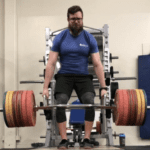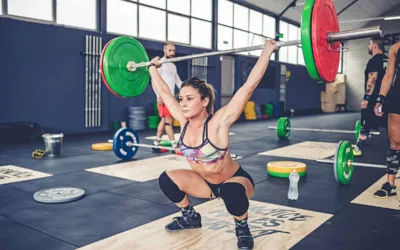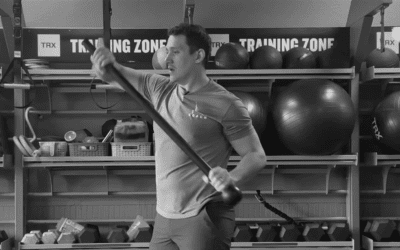How to Do Preacher Curls for Bigger Biceps
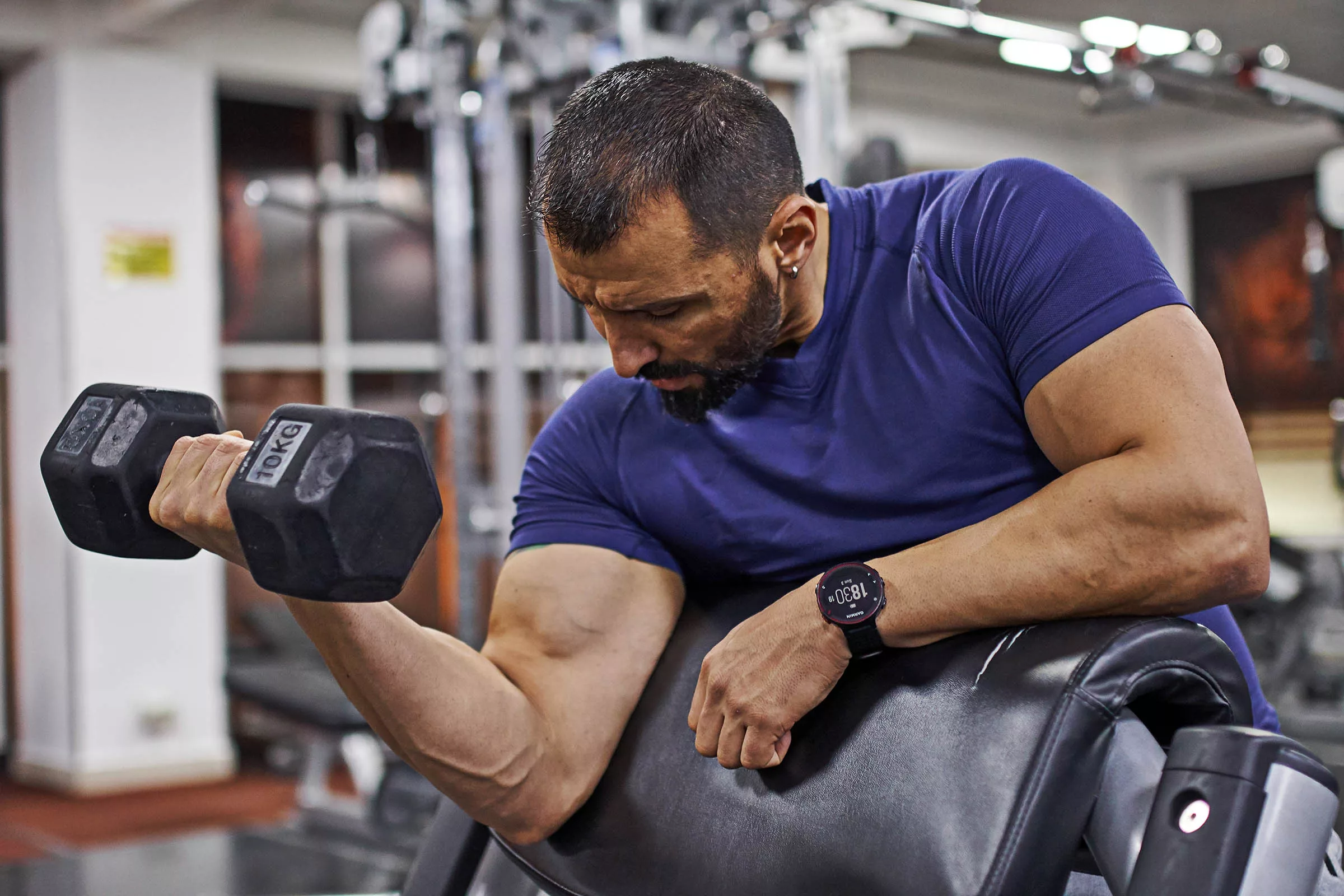
Marc Lavallee is a tactical fitness coach with experience training Canadian military units in the Search and Rescue Technician (SAR-Tech) program. He currently coaches for a policing agency. In this blog, Marc explains how to do preacher curls based on your specific anatomy for noticeably bigger biceps without any pain in your elbow.

Change the Way You Train
A Better Setup for Bigger Arms
The preacher curl is a super popular, time-tested exercise often used to round out a solid back/biceps or arms day. Typically, you load up the EZ curl bar that sits in the bar holder to perform this exercise. But I want to share a few tweaks for a better setup, one that is tailored to your body specifically and gets you beefier biceps without risking injury.
Your training age (the amount of time and years you spent working out, aka gym experience) dictates how tolerable the EZ bar biceps curl is for you. If you’ve been training smart and effectively during your training career, you may experience zero nagging injuries in your shoulders, elbows, and/or wrists.
But let’s be honest. Most of us started off going “full send” and pushing the limits too fast and too soon without much thought about technique. All that mattered was the weight on the bar, the dumbbell used, or the stack on the machine. There was a lot of ego-lifting early on (especially in high school and college years for many of us).
I admit I’m just as guilty of this early on and made a lot of mistakes, which is partly why I became a strength coach.
Don’t make the mistakes I did by ego-lifting, especially when it comes to the preacher curl. For the biggest biceps gains, leave the ego at home and try this technique instead.
Consider Your Carrying Angle
I already hear you saying to yourself and asking me, “Why!?” When looking at the elbow and joint angle more closely, notice how each one of us has a different anatomy makeup. This dictates different positioning for biceps curls for everyone. As it should.
This is referred to as the carrying angle and is very similar to the Q-angle of the hip and knee. To find your own carrying angle, stand straight with your arms at your side and palms facing forward in front of a mirror. Examine how your elbow angles away from the body. That’s your carrying angle.
Former PGA Tour player Larry Rinkle explains it in more detail in the first 45 seconds of this video:
How to Do Preacher Curls Based On Your Anatomy
To do this, angle your body to the side to match your carrying angle. Your forearm should still fall straight on the preacher curl pad, but your upper arm should be angled to avoid torque at your elbow.
You get the best angle of attack to hit your biceps without aggravating your elbows by doing it this way. You’re also putting your upper arm closer in scaption, which means angling your upper arm in a straight line with your scapula (shoulder blade). This is great for your joint and shoulder health down the line!
He often used a pronated grip position for the curl on the way up and a semi-pronated neutral grip on the way down. Basically, this means your palm faces up when you curl up and rotate to a hammer curl position on the way down.
Next time you’re in the gym, consider your carrying angle and maybe ditch the EZ bar. Give the single-arm dumbbell or Charles Poliquin variation a try for healthier joints, bigger biceps, and better longevity with your lifting.
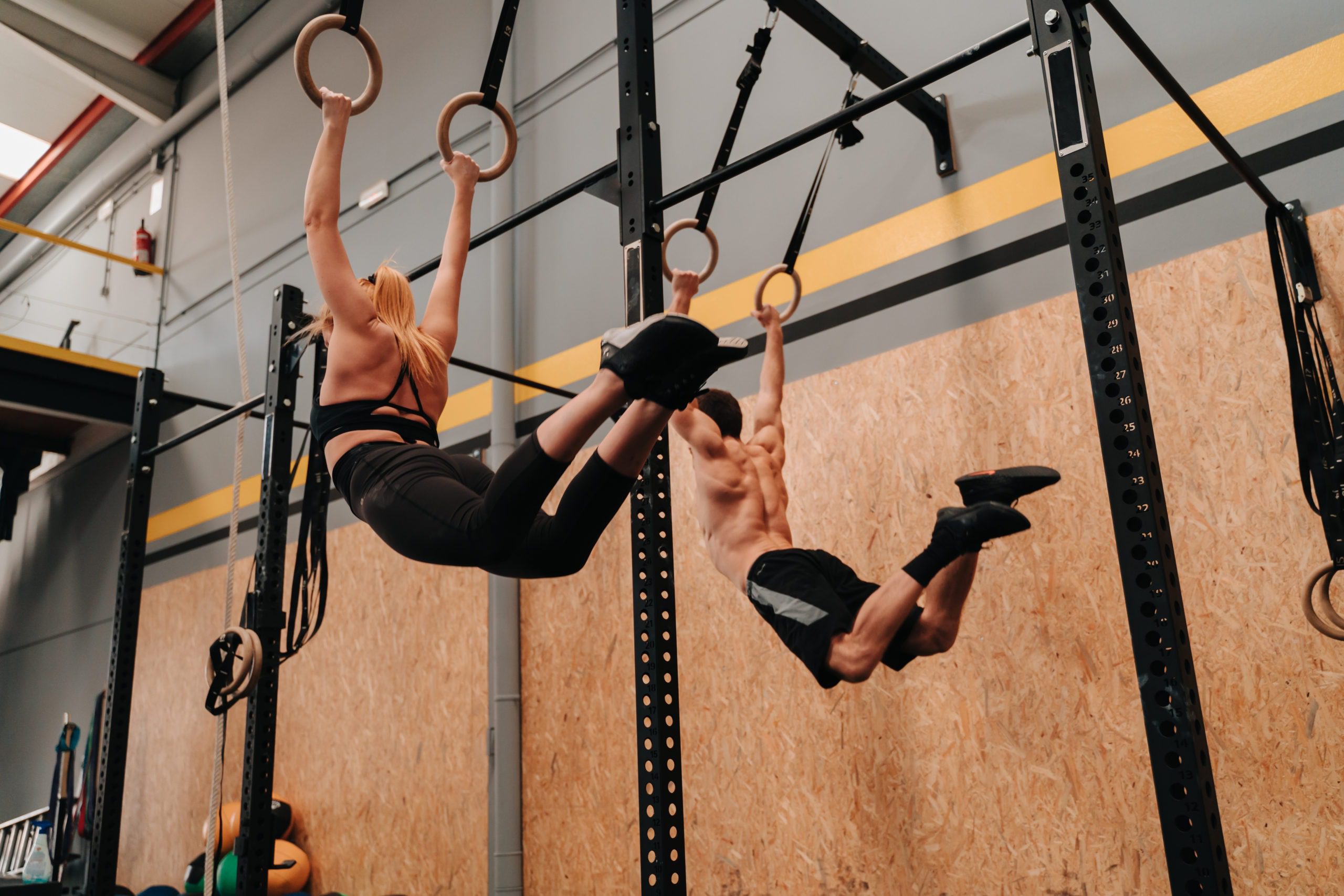
Want Training Tips, Exercise Guides & Knowledge Bombs Sent to Your Inbox?
Sign up for the FitNerd newsletter from TrainHeroic
Related articles
3 Ways to Improve Mobility Without Stretching
Are you still trying the endless foam rolling and stretching exercises to get that deep squat position? We know how important mobility is for great, or even GOOD performance. All professional athletes have some comfortability in end ranges of motion. So, what else do...
The Ultimate Guide to Lunges: Queen of all Glute Exercises
Your glutes are the largest muscle group in your body. They’re responsible for almost everything your legs do—walking, running, jumping, squatting, lunging, and just standing upright. As far as moving through space goes, strong glutes are the bedrock of overall...
A Beginner’s Guide to Steel Mace Training
Author: Jesse Grund
Mace training will make you a better mover without it’s not confining you to a fixed space or predetermined range of motion. Second, it’s an offset load with 80 to 90 percent of the weight in the head. You’re also constantly having to resist rotation, which creates greater core engagement.

Join the community
Sign up for the latest training news and updates from TrainHeroic

About TrainHeroic
Support
Made with love, sweat, protein isolate and hard work in Denver, CO
© 2022 TrainHeroic, Inc. All rights reserved.
